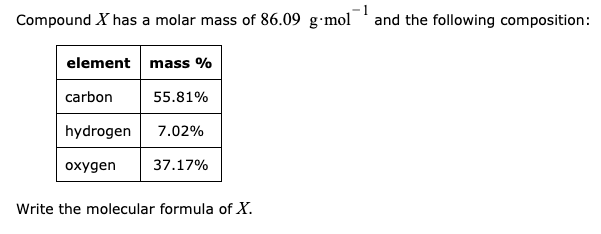
You will need to refer to a periodic table for proton values. For example, Carbon had an atomic weight of 12.00 in 1902 but today it is 12. Since 1899 the IUPAC Commission on Isotopic Abundances and Atomic Weights has been evaluating atomic weights and abundances. The truth is that atomic weights have changed as a function of time. In this notation, the atomic number is not included. Atomic weights found within a periodic table one might think are constant. Symbol-mass format for the above atom would be written as Cr-52. For an example of this notation, look to the chromium atom shown below:Īnother way to refer to a specific atom is to write the mass number of the atom after the name, separated by a hyphen. The "A" value is written as a superscript while the "Z" value is written as a subscript. Both the atomic number and mass are written to the left of the chemical symbol.

Determine the mass of an atom based on its subatomic particles. Label the location of subatomic particles in the atom. Convert grams CO to moles or moles CO to grams Molecular weight calculation: 12.0107 + 15.9994 Percent composition by element Element: Carbon Symbol: C Atomic Mass: 12.0107 of Atoms: 1 Mass Percent: 42. Atomic weights found within a periodic table one might think are constant. Rare lithium-6 (mass of 6. Identify the charge and relative mass of subatomic particles. CO molecular weight Molar mass of CO 28.0101 g/mol This compound is also known as Carbon Monoxide. (January 2020) Stylized lithium -7 atom: 3 protons, 4 neutrons, and 3 electrons (total electrons are 14300 th of the mass of the nucleus). Determine the number of protons, neutrons, and electrons in an atom. The composition of any atom can be illustrated with a shorthand notation called A/Z format. Elizabeth Gordon Furman University Learning Outcomes Define atomic and mass numbers.
#ATOMIC MASS OF C HOW TO#
This site explains how to find molar mass.\] The reason is that the molar mass of the substance affects the conversion. To complete this calculation, you have to know what substance you are trying to convert. Using the chemical formula of the compound and the periodic table of elements, we can add up the atomic weights and calculate molecular weight of the substance.Ī common request on this site is to convert grams to moles. The formula weight is simply the weight in atomic mass units of all the atoms in a given formula. When calculating molecular weight of a chemical compound, it tells us how many grams are in one mole of that substance. For bulk stoichiometric calculations, we are usually determining molar mass, which may also be called standard atomic weight or average atomic mass.įinding molar mass starts with units of grams per mole (g/mol). This is not the same as molecular mass, which is the mass of a single molecule of well-defined isotopes. This is how to calculate molar mass (average molecular weight), which is based on isotropically weighted averages. C is the most abundant natural carbon isotope, accounting for over 98 of carbon found. The atomic weights used on this site come from NIST, the National Institute of Standards and Technology. AMU is defined as one-twelfth the mass of an atom of carbon-12 (12C). An isotope is one of two or more species of atoms of the same chemical element that have different atomic mass numbers (protons + neutrons). Since 1961 the standard unit of atomic mass has been one-twelfth the mass of an atom of the isotope carbon-12. These relative weights computed from the chemical equation are sometimes called equation weights. atomic weight, also called relative atomic mass, ratio of the average mass of a chemical element’s atoms to some standard.

The percentage by weight of any atom or group of atoms in a compound can be computed by dividing the total weight of the atom (or group of atoms) in the formula by the formula weight and multiplying by 100.įormula weights are especially useful in determining the relative weights of reagents and products in a chemical reaction. If the formula used in calculating molar mass is the molecular formula, the formula weight computed is the molecular weight. For example, 63Cu (29 protons and 34 neutrons) has a mass number of 63 and an isotopic mass in its nuclear ground state is 62.91367 u.

For other isotopes, the isotopic mass usually differs and is usually within 0.1 u of the mass number. In chemistry, the formula weight is a quantity computed by multiplying the atomic weight (in atomic mass units) of each element in a chemical formula by the number of atoms of that element present in the formula, then adding all of these products together. For 12 C the atomic mass is exactly 12u, since the atomic mass unit is defined from it.


 0 kommentar(er)
0 kommentar(er)
